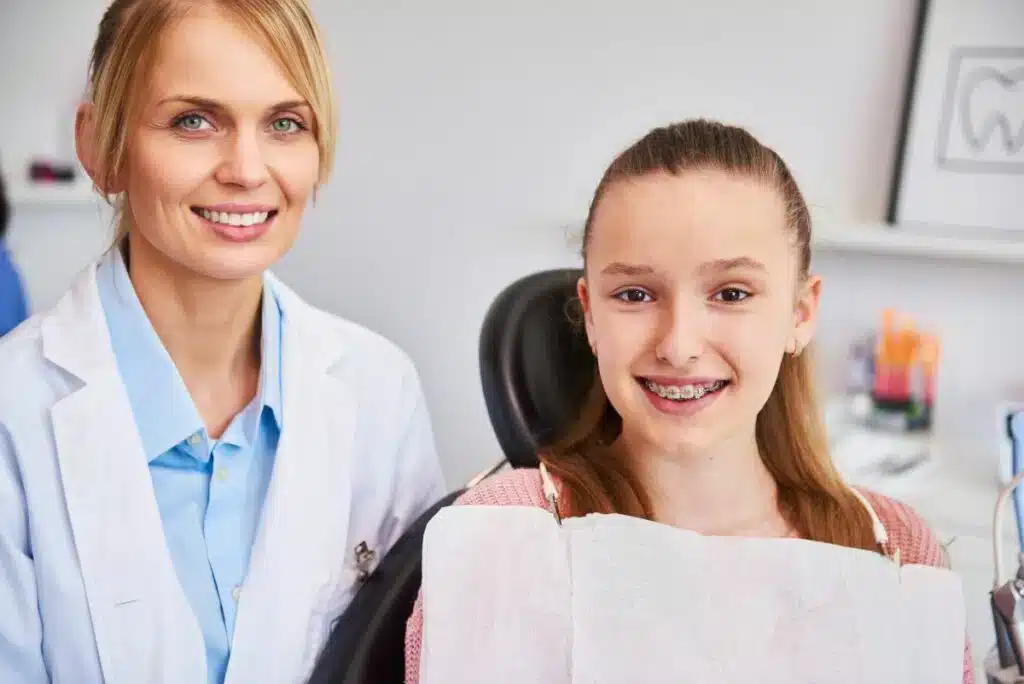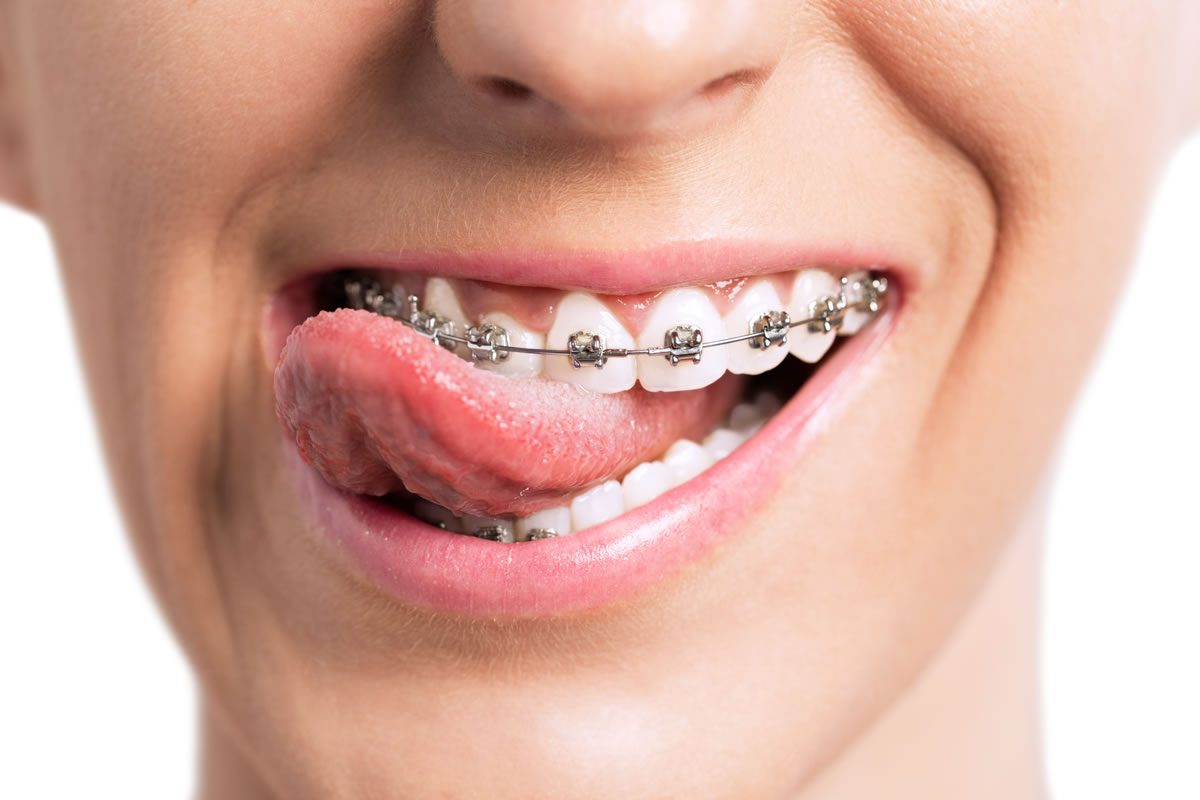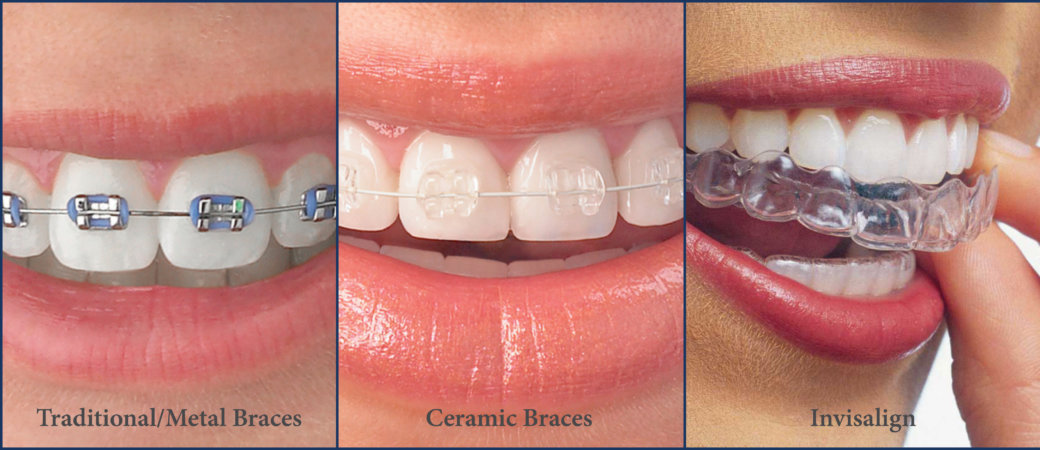See This Report about Causey Orthodontics
See This Report about Causey Orthodontics
Blog Article
Unknown Facts About Causey Orthodontics
Table of ContentsThe Buzz on Causey OrthodonticsNot known Details About Causey Orthodontics Facts About Causey Orthodontics RevealedNot known Facts About Causey OrthodonticsLittle Known Facts About Causey Orthodontics.
Ignoring occlusal connections, it was typical to remove teeth for a variety of oral concerns, such as malalignment or congestion. The idea of an undamaged dentition was not extensively appreciated in those days, making bite relationships seem irrelevant. In the late 1800s, the concept of occlusion was important for producing trustworthy prosthetic substitute teeth.As these principles of prosthetic occlusion progressed, it became an invaluable device for dentistry. It was in 1890 that the job and impact of Dr. Edwards H. Angle started to be felt, with his payment to modern orthodontics especially significant. Initially concentrated on prosthodontics, he taught in Pennsylvania and Minnesota prior to guiding his attention in the direction of oral occlusion and the treatments needed to keep it as a normal problem, therefore ending up being known as the "daddy of modern-day orthodontics".

The principle of excellent occlusion, as postulated by Angle and incorporated right into a category system, allowed a change in the direction of treating malocclusion, which is any type of inconsistency from normal occlusion. Having a complete set of teeth on both arches was extremely searched for in orthodontic therapy as a result of the need for specific partnerships between them.
The Facts About Causey Orthodontics Revealed
As occlusion came to be the key concern, facial proportions and appearances were overlooked - orthodontist near me. To attain optimal occlusals without using exterior forces, Angle proposed that having perfect occlusion was the most effective means to acquire optimal face aesthetic appeals. With the passing of time, it became rather noticeable that also an extraordinary occlusion was not ideal when considered from an aesthetic perspective
Charles Tweed in America and Raymond Begg in Australia (who both studied under Angle) re-introduced dental care removal right into orthodontics during the 1940s and 1950s so they might improve facial esthetics while likewise making sure better security concerning occlusal relationships. In the postwar period, cephalometric radiography started to be used by orthodontists for gauging changes in tooth and jaw position brought on by development and treatment. It came to be evident that orthodontic therapy could change mandibular advancement, leading to the development of practical jaw orthopedics in Europe and extraoral pressure procedures in the United States. Nowadays, both practical devices and extraoral tools are used around the world with the purpose of modifying development patterns and types. Seeking real, or at least boosted, jaw partnerships had actually become the major goal of therapy by the mid-20th century.
The Ultimate Guide To Causey Orthodontics
 The American Journal of Orthodontics was created for this purpose in 1915; prior to it, there were no scientific purposes to follow, neither any kind of exact classification system and brackets that did not have functions. Until the mid-1970s, dental braces were made by covering steel around each tooth. With improvements in adhesives, it ended up being feasible to instead bond metal braces to the teeth.
The American Journal of Orthodontics was created for this purpose in 1915; prior to it, there were no scientific purposes to follow, neither any kind of exact classification system and brackets that did not have functions. Until the mid-1970s, dental braces were made by covering steel around each tooth. With improvements in adhesives, it ended up being feasible to instead bond metal braces to the teeth.Andrews provided an insightful meaning of the perfect occlusion in irreversible teeth. This has actually had purposeful results on orthodontic treatments that are carried out regularly, and these are: 1. Right interarchal relationships 2. Appropriate crown angulation (pointer) 3. Correct crown disposition (torque) 4. No rotations 5. Tight call factors 6. Apartment Contour of Spee (0.02.5 mm), and based on these concepts, he discovered a treatment system called the straight-wire device system, or the pre-adjusted edgewise system.
The benefit of the layout depends on its bracket and archwire mix, which calls for only very little wire bending from the orthodontist or medical professional (orthodontist expert). It's aptly named after this function: the angle of the port and density of the brace base ultimately figure out where each tooth is situated with little requirement for extra adjustment
What Does Causey Orthodontics Mean?
Both of these systems used identical braces for each and every tooth and necessitated the flexing of an archwire in three planes for finding teeth in their preferred positions, with these bends determining ultimate placements. When it pertains to orthodontic home appliances, they are divided right into two types: detachable and repaired. Removable home appliances can be taken on and off by the person as called for.

Therefore, mostly all contemporary set appliances can be considered variants on this edgewise appliance system. Early 20th-century orthodontist Edward Angle made a major payment to the globe of dental care. He developed 4 distinct device systems that have been utilized as the basis for several orthodontic therapies today, barring a few exemptions.
The Basic Principles Of Causey Orthodontics

The cable ended in a thread, and to relocate onward, an adjustable nut was made use of, which permitted an increase in area. By ligation, each private tooth was connected to this extensive archwire (best orthodontist). Due to its limited variety of movement, Angle was not able to achieve specific tooth placing with an E-arch
These tubes held a firm pin, which can be repositioned at each visit in order to relocate them in location. Called the "bone-growing device", this device was thought to encourage much healthier bone development as a result of its capacity for transferring pressure straight to the roots. Nevertheless, applying it confirmed problematic actually.
Report this page